Gaudí’s Creations: Barcelona in Photos, Part One
Barcelona is beautiful. I’d been to Spain once before during college, but only to Madrid and Andalusia (the cities of Córdoba, Sevilla, Granada); I found myself surprised by how wonderfully different Barcelona was-and not just because of the fact that Barcelonians speak Catalán, not Spanish (although I learned they are not only bilingual, if not tri-lingual, but they are also forgiving if you address them in Spanish!). Despite the fact that I was only there for a week, I began to understand why Barcelona would see itself as an independent region: It seemed to have more in common with other parts of Europe (especially countries surrounding the Mediterranean) in a way that the rest of Spain doesn’t. I supposed I should’ve expected this fierce independence, since Barcelona is, after all, part of Catalonia, a region that sees itself as a distinct entity from Spain, but it’s one of those nuances of identity that an outsider can only understand upon actually being there.
Yet even if most of the politics and cultural differences flew over my head, I think all you need to really understand how quirky Barcelona is compared to the rest of Spain is to see the architecture of Antoni Gaudí. I’ve never been to a city that’s been so defined by the work of one architect, and one whose vision was so ahead of his time, too. Gaudí’s style is loud and riotous, but in a way that still complements the natural environment. Plus, and most importantly for the weary tourist like me, each work he created was a different sensory experience in its own right. By the end of our trip, my sister liked to summarize his design philosophy by joking: “I’ m going to do what I want, and you’re going to like it!” In many ways, that also captures Barcelona in a nutshell.
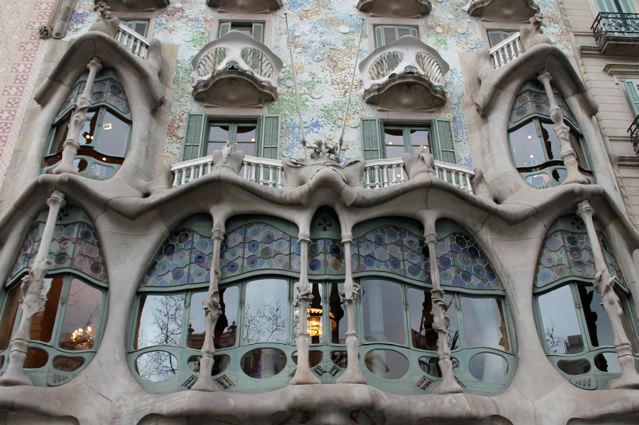
Casa Battló
This house was one of my favorites, because it’s also known as the “House of Bones.” While exploring it, I came to the conclusion that Gaudí must’ve also been allergic to straight lines, because everything undulated like it was submerged underwater.
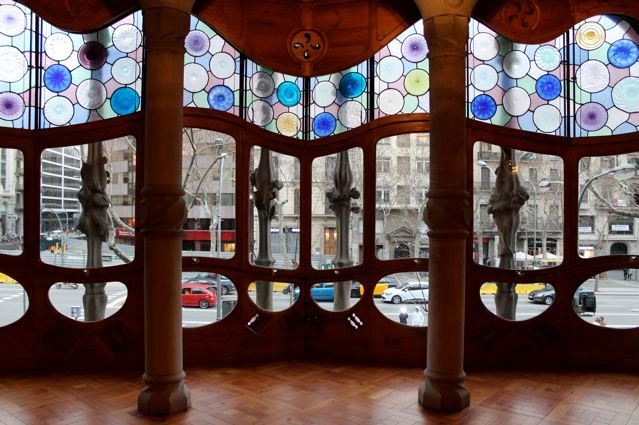
The living room
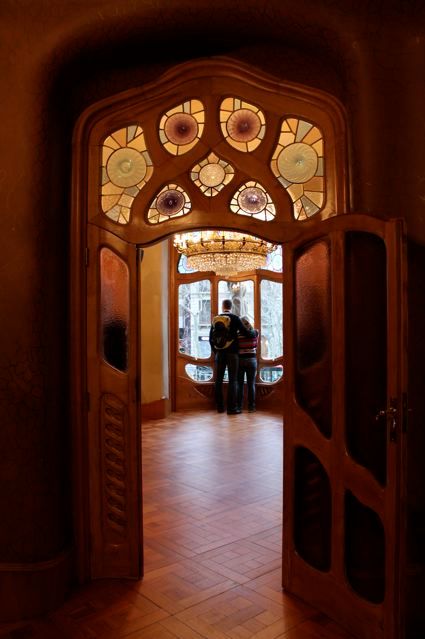
The colors of the glass changed depending which side you stood on!
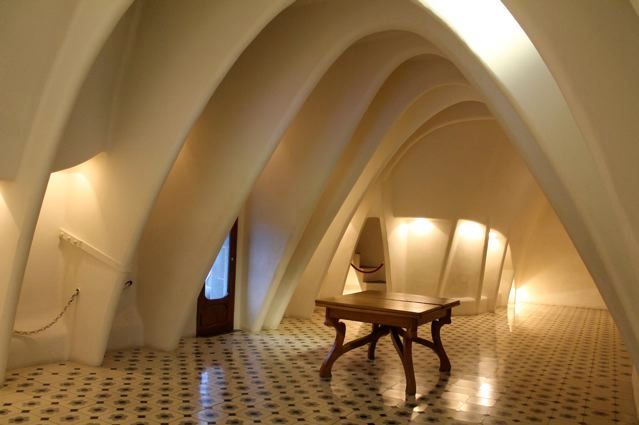
The servants' quarters
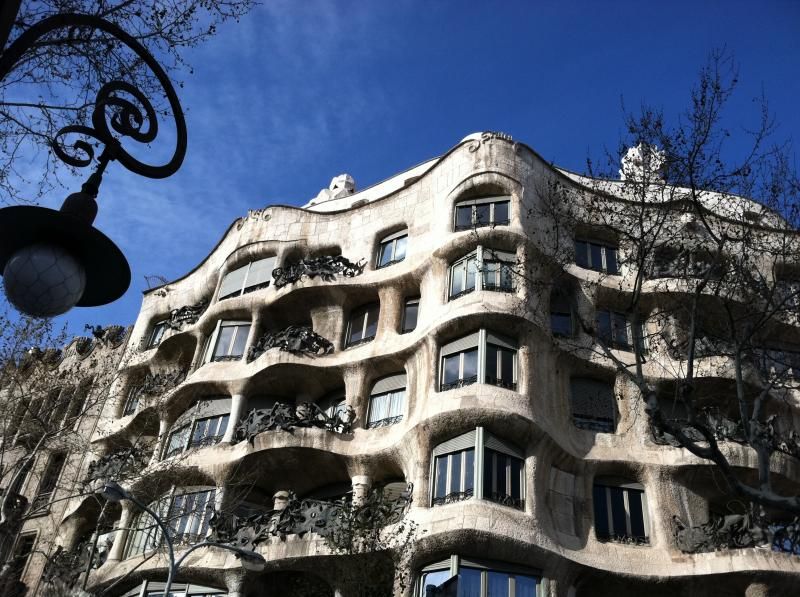
Casa Milà
Casa Milà is also known as “La Pedrera” for its rocklike formation.
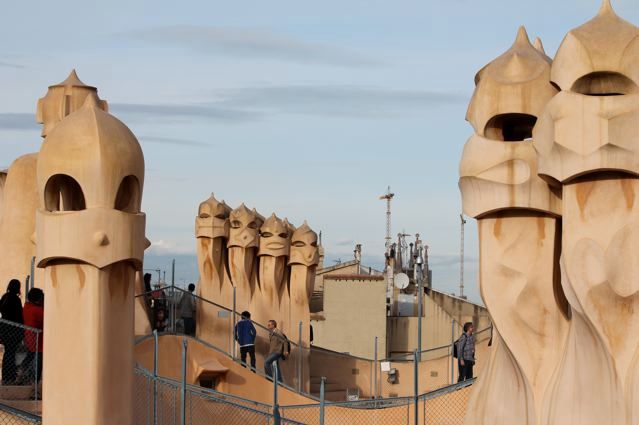
The roof of La Pedrera was like a playground! We probably spent a good half hour walking up and down the terraced steps like kids.
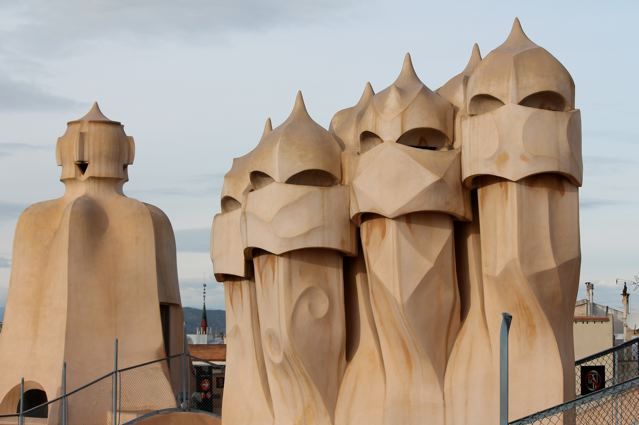
Those formidable-looking sculptures are also functional: They’re chimneys.
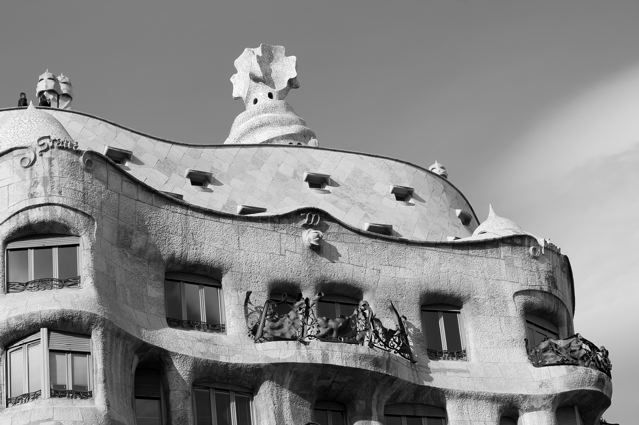
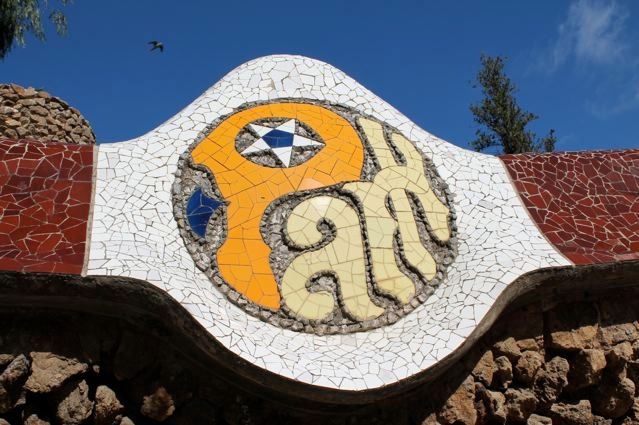
Park Güell
Another Gaudi creation, Park Güell was supposed to be a private garden community, but it failed because none of the wealthy families at the time wanted to move far from the city center! Now it’s open to the public.
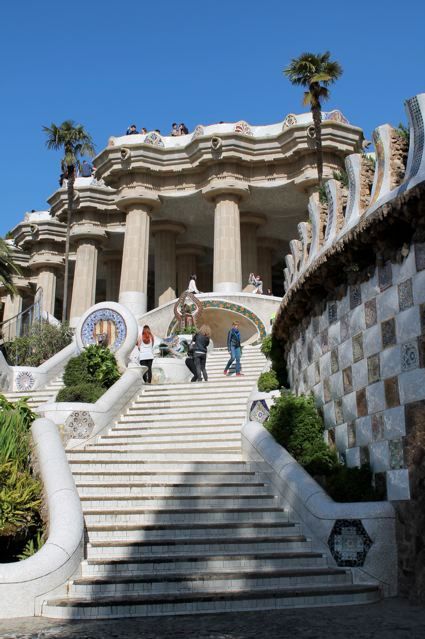
This was a mob scene by midday!
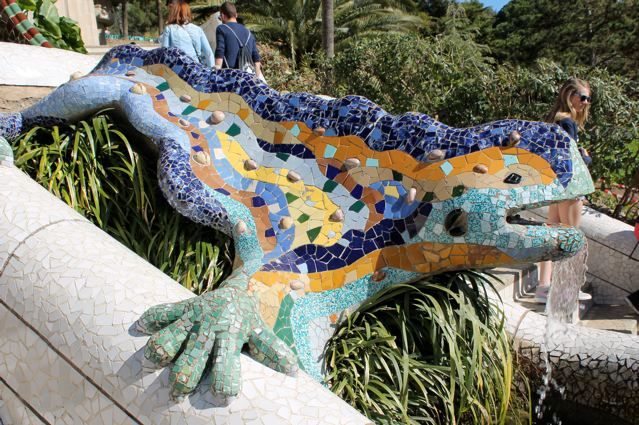
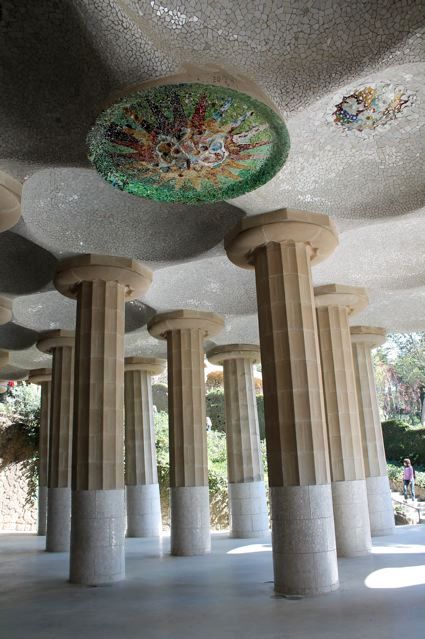
Room of a Hundred Columns
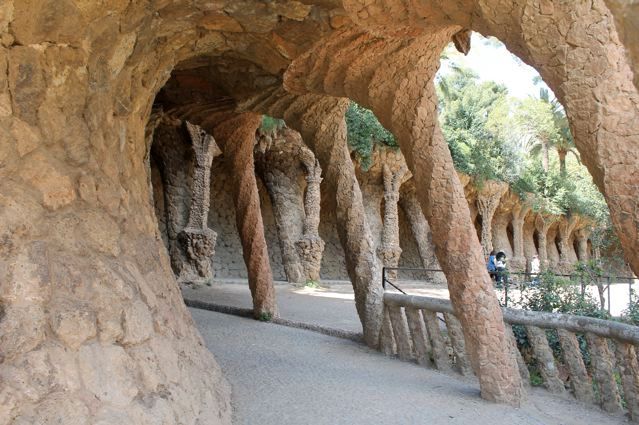
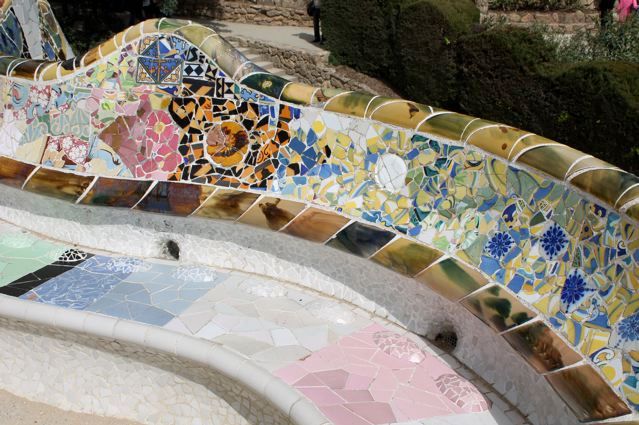
This colorful mosaic bench wound around like a snake.
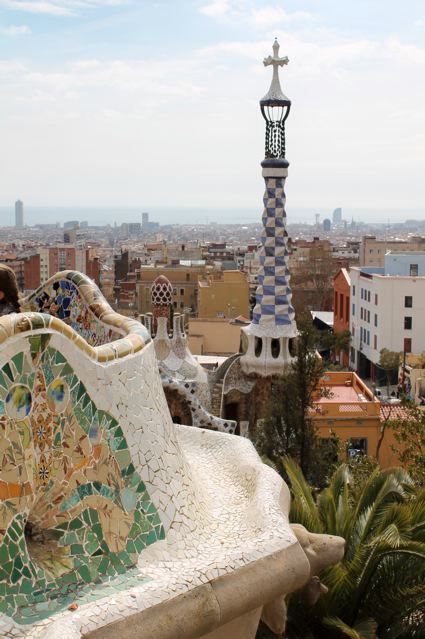
On sunny days, the park has views of the city all the way to the Mediterranean.
Next post: Gaudi's greatest achievement that's still a work in progress: The Sagrada Familia.